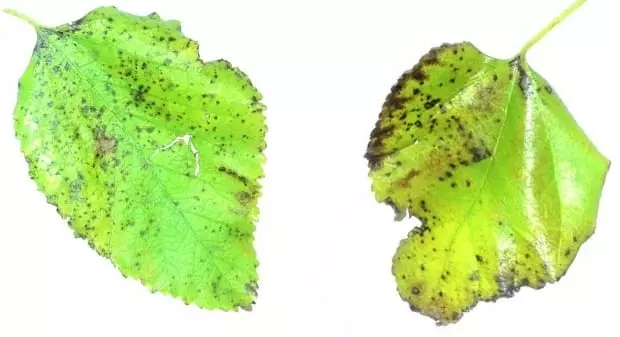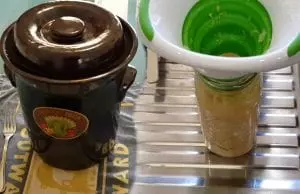Disease/Disorder Collection – Bacterial Blight
Name of Disorder: Bacterial Blight
Scientific name of pathogen causing disease: Pseaudomonas syringae
Type of disorder: Bacterial disease
Cause: Bacteria in the Pseudomonas and Xanthomonas genera
Host plant where found in this example: Mulberry (Morus spp.)
Horticulture situation or host range where this disorder is typically found: Vast host range, Ornamentals, fruit and nut trees, vegetables and field crops (like tomatoes).

Plant symptoms: Start as small lesions on leaves, 1 mm in diameter. This progress to irregular brownish spots with yellow halo’s around them, about 2 – 10mm across. Curling and distortion occurs on new leaves. Crop size can be reduced.
Spread: Water splashed from infected to healthy plants, insects such as ants, flies and bees. Infected pruning tools, infected plant material and human activity.
Conditions favouring: Warm, humid climates and overhead irrigation. Poor pruning techniques result in wounds; these are ideal entry points for bacteria. Poor sanitation during pruning.
Control options suitable for this situation: Prune of infected branches and destroy clippings. Disinfect tools before and after pruning. Spray with a bactericide such as copper oxychloride.
Identification Reference(including page no): Plant protection 1, p 293 – 311; Plant protection 3, p F84 – 85
The above information was kindly donated by Werner (Horticulturalist)












